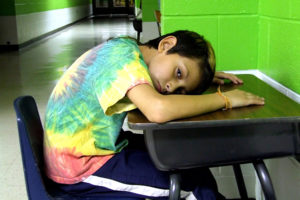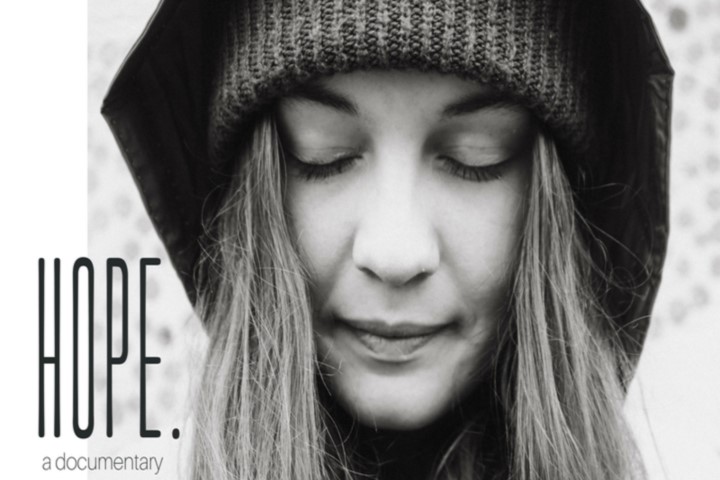Journey Smith’s Grade 12 project at British Columbia’s Whistler Waldorf School is making a big impact, both on those involved in “Hope The Documentary,” and the 18-year-old herself.


Journey Smith’s Grade 12 project at British Columbia Canada’s Whistler Waldorf School is making a big impact, both on those involved in “Hope The Documentary,” and the 18-year-old herself.
Smith told Canada’s Pique News Magazine what started as a year-long thesis on the role of hope evolved into something much more, largely because her own story of overcoming adversity connected with others she knows who have struggled in life.
“In my 18 years of life, I have faced a lot of adversity. I was actually diagnosed with a condition called hydrocephalus, which is essentially fluid on the brain. I suffered a stroke at birth,” Smith said, adding that she’s underwent numerous surgeries related to the condition in the years since.
“This project was super important to find other people who have faced different types of adversity and how, through their journey, they’d overcome it,” she said.
Smith teamed with family friend and commercial videographer Andi Wardrop, who credited Smith’s intimate connection with those she interviewed for bringing the film to life.
“Journey’s story, first of all; and probably most of all, is why people get so attached to this film. The few times that (I) had met Journey, it seemed like she didn’t have a disability, which is interesting now that I know her so well,” Wardrop said. “Watching her start to give herself permission to be exactly who she is through talking to these other people, as soon as we started the film I knew it was going to be extremely powerful. It was definitely Journey’s story that I got attached to.”
“Hope The Documentary” features a local photographer who overcame breast cancer, a man who launched a mountain-bike charity following the death of his young son to cancer, a widower grieving through the unexpected death of her husband, and Smith’s personal neurosurgeon, who has treated the student since she was a toddler, according to the news site.
The focus on hope also aligns with the values and mission of Whistler Waldorf School.
“At Whistler Waldorf School, students learn from an early age to engage in their own learning process. The imaginative play and grace of the early years evolves into an experience of meeting the beauty and complexity of the world with sensitivity and hope,” according to the school’s website. “This foundation leads to a rich academic experience that supports young men and women in realizing their full potential as students, as people, as members of the global community.”
Scholars at the Institute for Advanced Studies in Culture at the University of Virginia point out that schools play an important role in the “moral ecology” of a community, which strongly influences students’ character.
“When social institutions – whether the family, peer relationships, youth organizations, the internet, religious congregations, entertainment, or popular culture – cluster together, they form a larger ecosystem of powerful cultural influences,” editors James Davison Hunter and Ryan S. Olson wrote in “The Content of Their Character,” a summary of character development practices in a wide variety of U.S. schools.
The Jubilee Center for Character and Virtues offers resources for educators working to influence positively the moral ecology of their communities and build character in students.
The report “Flourishing From the Margins,” for example, analyzes findings from data collected on 3,250 young people in a variety of educational settings, and offers teaching tools focused on character that educators can use to help struggling students to thrive.